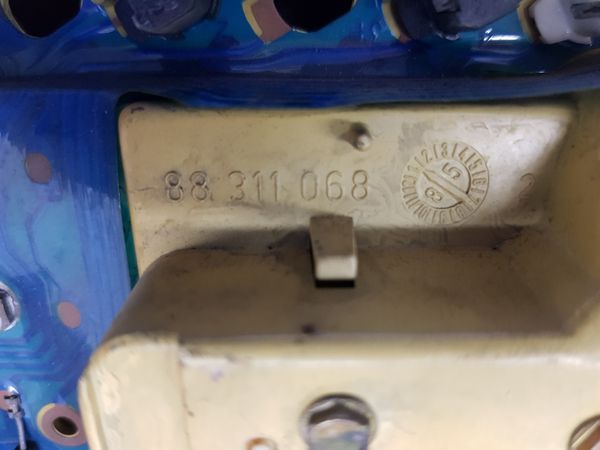

#Ford engine codes cluster code#

The TL16L had a compression ratio of 8.2:1 and developed 48–51 kW (64–68 hp) of power and 111–113 N⋅m (82–83 lb⋅ft) of torque depending on the carburettor and application. Initially, the 1.6 L (1,593 cc) had a bore of 87.7 mm (3.45 in) and shared the crankshaft with the 1.3 L model with a stroke of 66 mm (2.60 in) giving the displacement of 1.6 L (1,593 cc). 1982–1984 Ford Sierra (engine code JCT)ġ.6 (TL16) Early low compression variant (TL16L).1970–1982 Ford Taunus (engine codes JAA/JCA, JAC/JCC, JAR/JCR).The fuel was supplied by the Motorcraft single-barrel (1V) carburetor in the early models (until April 1979), and Motorcraft VV ("variable venturi") carburetor for the vehicles built after April 1979. TL13H - the high compression (HC) variant, which developed 43–46 kW (58–62 hp) / 97–98 N⋅m (72–72 lb⋅ft) depending on carburetor model had a compression ratio of 9.0:1 and the engine codes started with 'JC'.TL13L – the low compression (LC) variant, which developed 40–43 kW (54–58 hp) / 90–92 N⋅m (66–68 lb⋅ft) depending on carburetor model, had a compression ratio of 8.0:1 and the engine codes started with 'JA'.It was produced in two compression ratio versions: The smallest member of the family was the 1.3 L (1,294 cc) which had a 79 mm × 66 mm (3.11 in × 2.60 in) bore and stroke. The final Pinto engines used in Ford of Europe production vehicles were the 1.6 L (1,598 cc) litre versions used in the Sierra until 1991, and the last 2.0 L (1,998 cc) units were used in the Transit until 1994. The only DOHC direct derivative of Pinto engine is the Cosworth YB 16-valve engine, powering Ford Sierra and Ford Escort RS Cosworth variants. Due to emission requirements, it was phased out towards the end of the 1980s to be replaced by the CVH engine and DOHC engine, the latter being (contrary to popular belief) a completely new design and not a twin-cam development of the Pinto unit. Early Pinto engines suffered from excessive cam and follower wear, this was later addressed by nitriding the cam lobes and followers, and the fitment of a spray bar, which sprayed oil directly at the camshaft.

It was the first Ford engine to feature a belt-driven overhead camshaft (thus the name). In Europe, the Pinto OHC was introduced in 1970 to replace the Essex V4 used in the Corsair as that range was subsumed into the Mk3 Cortina and Taunus V4 for the German Fords range (mainly the new Taunus TC). 1.4.4 Single point injection variant (TL20CFI).



 0 kommentar(er)
0 kommentar(er)
